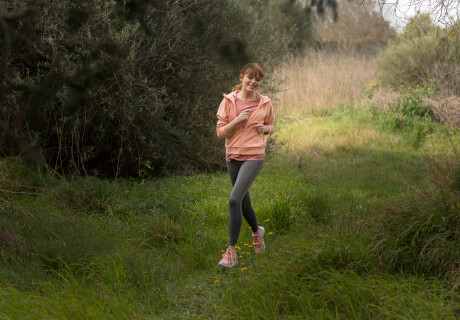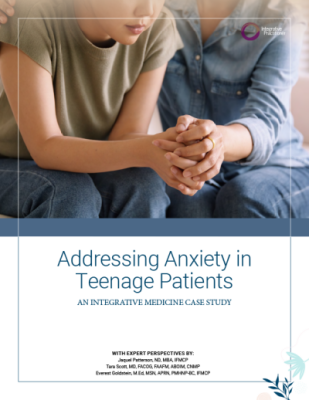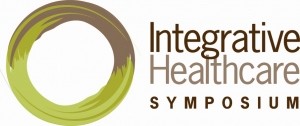NAFLD patients’ microbes detect liver cirrhosis without invasive procedure
Practitioners can diagnose liver cirrhosis in patients with nonalcoholic fatty liver disease (NAFLD) without difficult or invasive tests, according to a new study from the University of California San Diego, which published Friday in the journal Nature Communications.
There are an estimated 100 million U.S. adults and children with NAFLD, according to the National Institute of Diabetes and Digestive and Kidney Diseases. Whether or not they have liver cirrhosis, or scarring, is an important predictor for survival.
To quickly and easily identify people at high risk for NAFLD-cirrhosis, researchers identified unique patterns of bacterial species in patients’ stool. The researchers analyzed the microbial makeup of stool samples from 98 people known to have some form of NAFLD and 105 of their first-degree relatives, including some twins. They did this by sequencing the 16S rRNA gene, a genetic marker specific for bacteria and their relatives, archaea. The 16S rRNA sequences serve as "barcodes" to identify different types of bacteria and the relative amounts of each, even in a mixed sample like stool.
The researchers first noticed that people who share a home also tended to share similar microbial patterns in their gut microbiomes. In addition, they observed that people with extreme forms of NAFLD had less diverse and less stable gut microbiomes.
The team identified 27 unique bacterial features unique to the gut microbiomes of people with NAFLD-cirrhosis. The researchers were able to use this noninvasive stool test to pick out the people with known NAFLD-cirrhosis with 92 percent accuracy. The test also allowed them to differentiate the first-degree relative with previously undiagnosed NAFLD-cirrhosis with 87 percent accuracy. The results were confirmed by magnetic resonance imaging (MRI).
In a previous study of patients with biopsy-proven NAFLD, researchers found a gut microbiome pattern that distinguished mild/moderate NAFLD from advanced disease, allowing them to predict which patients had advanced disease with high accuracy. In this latest study, the research team wanted to know if a similar stool-based read of what is living in a person with NAFLD's gut might provide insight into his or her cirrhosis status.
The precise cause of NAFLD is unknown, but both diet and genetics play substantial roles. Up to 50 percent of obese people are believed to have NAFLD, and people with a first-degree relative with NAFLD are at increased risk for the disease themselves.
The researchers caution that this new diagnostic approach has only been tested in a relatively small patient group at a single, highly specialized medical center. Even if successful, a stool-based test for NAFLD wouldn't be available to patients for at least five years, researchers said.
The researchers also pointed out that, while a distinct set of microbial species may be associated with advanced NAFLD-cirrhosis, this study does not suggest that the presence or absence of these microbes causes NAFLD-cirrhosis or vice versa.




















SHARE